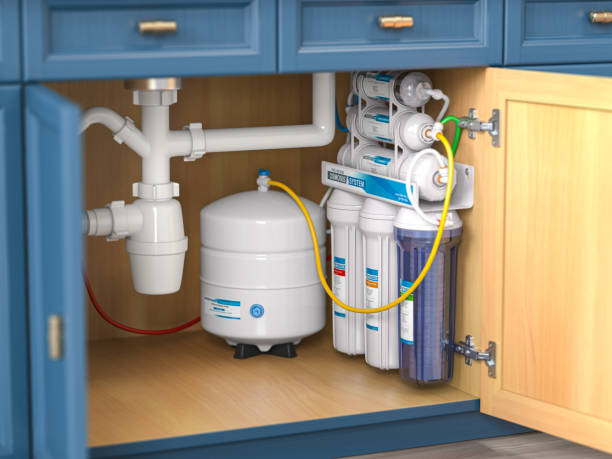Title: The Best Methods for Removing Iron from Water: A Comprehensive Guide
Introduction

Iron is a common contaminant found in groundwater, often causing unpleasant taste, staining, and other issues. Removing iron from water is essential for both domestic and industrial use. Several methods are available for iron removal, each with its own advantages, disadvantages, and costs. In this article, we will explore the best methods for removing iron from water, their methodologies, materials required, and cost efficiency.
Methodologies for Iron Removal:
1. Oxidation Filtration: This method involves oxidizing dissolved ferrous iron to ferric iron, which can then be filtered out. Common oxidizing agents include air, chlorine, or potassium permanganate.
2. Ion Exchange: Ion exchange resins can effectively remove iron ions from water by exchanging them with harmless ions like sodium. This method is more suitable for low iron concentrations.
3. Biological Iron Removal: Certain bacteria can oxidize iron, converting it into a solid form that can be filtered out. This method is eco-friendly but requires specific conditions for bacteria to thrive.
4. Chemical Precipitation: Adding chemicals like lime or alum to water causes iron to precipitate as solid particles, which can then be filtered out.
5. Reverse Osmosis: This method uses a semi-permeable membrane to remove iron ions and other contaminants from water. It is effective but can be expensive.
Materials Required for Iron Removal:

Filtration System: Depending on the method chosen, you may need a filtration system, which can include sand filters, carbon filters, or specialized iron removal filters.
Oxidizing Agents: If using oxidation filtration, you will need an oxidizing agent like chlorine or potassium permanganate.
Ion Exchange Resin: For ion exchange, you will need ion exchange resin, which can be purchased in bulk.
Chemicals: Chemicals like lime or alum may be required for chemical precipitation.
Biological Media: For biological iron removal, you will need a suitable biological media to support the growth of iron-oxidizing bacteria.
Reverse Osmosis System: If using reverse osmosis, you will need a reverse osmosis system, which includes a membrane and associated components.
Cost Efficiency:
The cost of removing iron from water depends on several factors, including the method chosen, the iron concentration, and the water volume. Generally, methods like oxidation filtration and ion exchange tend to be more cost-effective for low to moderate iron concentrations. Chemical precipitation can also be cost-effective but may require ongoing chemical purchases.
Reverse osmosis, while effective, is typically more expensive due to the high energy requirements and maintenance costs associated with the system. Biological iron removal can be cost-effective in the long run, as it requires minimal chemical input, but it may not be suitable for all situations.
Conclusion:
The most easy and cost-effective method for removing iron from water is typically oxidation filtration using a simple filtration system with a filter media that can remove iron particles. This method involves oxidizing dissolved ferrous iron to ferric iron, which then forms solid particles that can be easily filtered out.
In conclusion, the best method for removing iron from water depends on various factors, including the iron concentration, water volume, and cost considerations. It is advisable to consult with water treatment professionals to determine the most suitable and cost-effective method for your specific needs.



You must be logged in to post a comment.